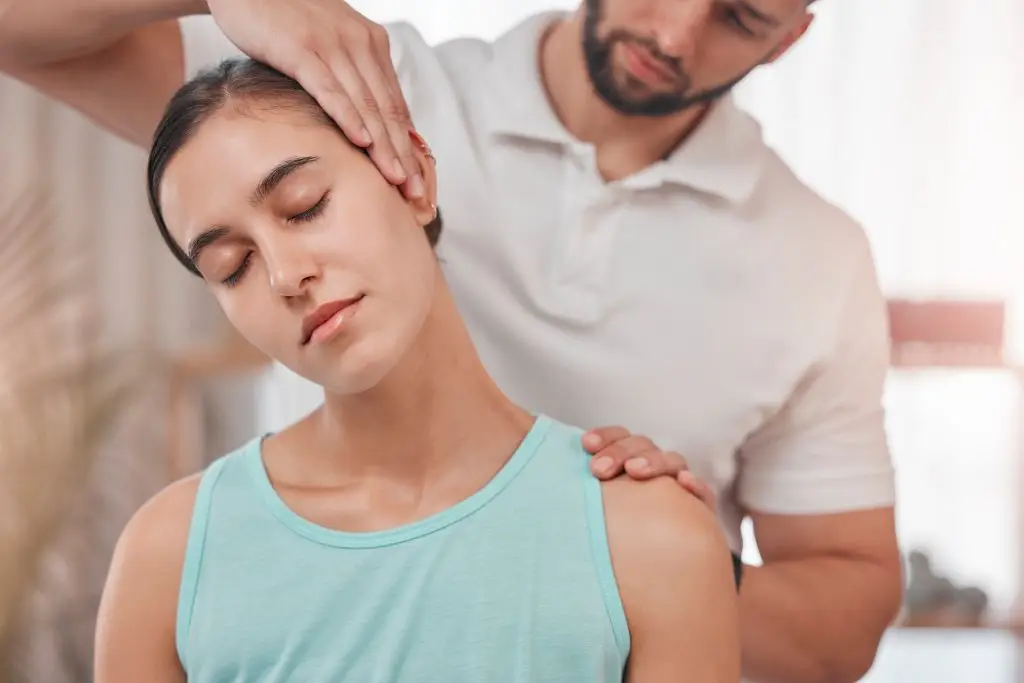Injuries, car accidents, and contact sports can all produce concussions or other head trauma that has frightening implications and risks for those who experience them. When you or a loved one has sustained a concussion, lost consciousness after a head injury, or experienced noticeable changes to vision or balance, it’s important to be evaluated by a medical professional.
Physical therapy techniques are a helpful part of a complete recovery plan to help the affected person regain their lost or disordered function and participate in the activities they enjoy most.
Causes of concussions
Concussions are a type of traumatic brain injury (TBI) during which a person’s brain is pressed against the inside of the skull, causing physical damage to the brain tissue. This is often associated with sudden, dramatic changes in head position, such as a direct blow to the head or the experience of a car accident and whiplash.
Symptoms of concussions
Concussions have an alarming range of symptoms, some of which may present immediately after an injury but others may appear hours or days after the event. You should always see a medical professional as quickly as possible after sustaining a head injury, even a mild one, when you develop the following symptoms:
- Headache
- Vomiting
- Memory problems
- Trouble thinking clearly
- Dizziness
- Vision issues
- Fatigue
- Mood changes
- Difficulty sleeping
Concussion symptoms can develop over time, some worsening, some improving, any of which may or may not be cause for concern throughout your daily life. It’s a good idea to be proactive when seeking an evaluation and treatment of concussion symptoms, rather than letting symptoms and their underlying conditions worsen and lead to increased risk of severe consequences.
Post-concussion syndrome
Because concussions can have wide-reaching and long-lasting effects, not all cases resolve on their own with time, and not all follow a standard recovery process. In some cases, people experience post-concussion syndrome, which is a lasting experience of physical, cognitive, emotional, or sleep cycle symptoms after a concussion has otherwise been treated or resolved.
People at greater risk for developing these lingering symptoms include young people who have had previous concussions, those who have more severe symptoms immediately after the event, and those who sustain injuries with specific characteristics.
Our physical therapists have broad experience treating the many different concerns and conditions that are related to concussions. Physical therapy can be a meaningful part of a comprehensive care plan in the immediate aftermath of head injuries and concussions.
How physical therapy can help
Methods that physical therapists might use to treat and resolve the symptoms around a concussion include:
- Balance training
- Vestibular therapy
- Neuromuscular rehabilitation
- Manual therapy
- Functional exercises and stretches
In addition, your physical therapist can advise you on what activities to avoid and how to prevent and protect yourself from further concussions and worsening symptoms in the future. Prevention strategies include:
- Using proper padding and gear when playing sports
- Wearing seat belts or helmets in vehicles
- Reducing fall risks at home
Concussion evaluation and treatment near you
Call or request an appointment at one of our nearby clinics if you have unresolved concussion symptoms, and are looking for natural concussion treatment with at-home exercises and manual therapeutic care.

